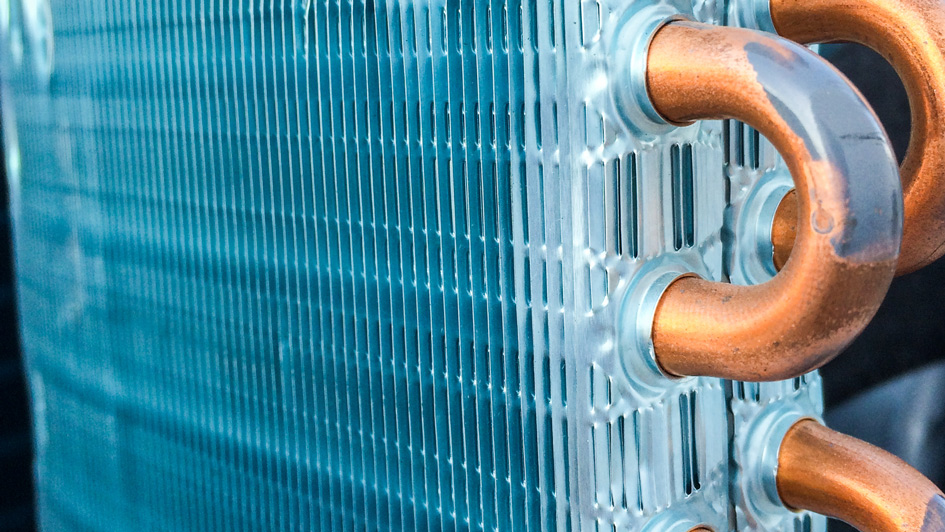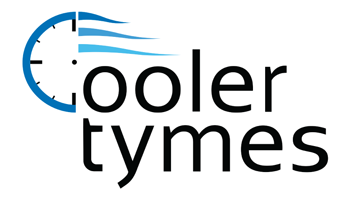
A furnace is usually a background player in your home, helping keep you warm across the cold winter months. It frequently won't be noticed until a malfunction appears.
One root cause could be that your furnace has a cracked heat exchanger. It can potentially be hazardous, so it’s important to learn the evidence of a cracked heat exchanger and what to do if you believe that might be the problem.
What Is a Heat Exchanger in a Furnace?
A heat exchanger helps move heat from the combustion chamber of your furnace to the air that flows inside the air ducts. It typically does this with coils or tubes that warm the air while acting as a barrier to keep gas formed in the combustion chamber, called flue gasses, from escaping out into your home.
Is a Cracked Heat Exchanger Dangerous?
Given its key role, it shouldn't come as a surprise that a damaged heat exchanger can pose a risk. A crack in the heat exchanger can enable dangerous gasses – like carbon monoxide, which can be lethal – to be distributed across your home.
For that reason, do NOT run your heating if you believe there's a crack in the heat exchanger, as this could make your entire family ill. Reach out to an HVAC professional immediately if you think your heater has a cracked heat exchanger that should be repaired.
Four Warning Signs of a Cracked Heat Exchanger:
- Furnace turns off: Cracks in the heat exchanger can cause your furnace to switch off.
- Unusual Smells: If the air coming out of your furnace has a strong chemical scent, it may be an indicator that gas is seeping through cracks in your heat exchanger. These gasses, which will often smell like formaldehyde, are a major warning sign.
- Carbon monoxide alarm is triggered or you recognize poisoning symptoms: If a cracked heat exchanger is emitting carbon monoxide inside your home, your carbon monoxide alarm should go off or household members may struggle with signs of carbon monoxide poisoning. Side effects include headaches, dizziness, weakness, nausea, vomiting or feeling tired. If your alarm goes off or you feel unusually tired, leave the home right away and then call for help.
- Soot: If you notice black sooty accumulating near the exterior of your furnace, it’s more evidence something might be seriously wrong.
What to Do if a Furnace Heat Exchanger is Cracked
If you believe your furnace has a cracked heat exchanger, call a pro experienced in furnace installation Litchfield Park right away so they can take a look at your system and, if required, perform a furnace heat exchanger replacement. Costs often fluctuate depending on the situation, but estimates run in the neighborhood of $1,000 to $3,000.
Fortunately, the good news is that heat exchangers are generally included in the warranty. You’ll want to confirm the warranty paperwork on your furnace, since while the warranty might not cover the entire cost of repairs, it can significantly shrink your bill.
How to Avoid a Cracked Heat Exchanger in Your Home
One of the most convenient ways to avoid problems in your furnace overall is through routine furnace maintenance. Furnaces offer the most benefits when they work efficiently. Calling a certified professional to examine your furnace for worn-out parts, clogged filters and other likely problems can help you avoid getting a big bill later on.
It’s also helpful to review your furnace filters every few months – it’s recommended some filters be swapped out every 90 days or sooner if they are dirty or grimy. While the filters are not part of the heat exchanger itself, the strain of dragging air through a clogged filter makes the entire furnace work harder to accomplish its job. And the harder your furnace needs to run, the more wear and tear components like the heat exchanger will sustain.
